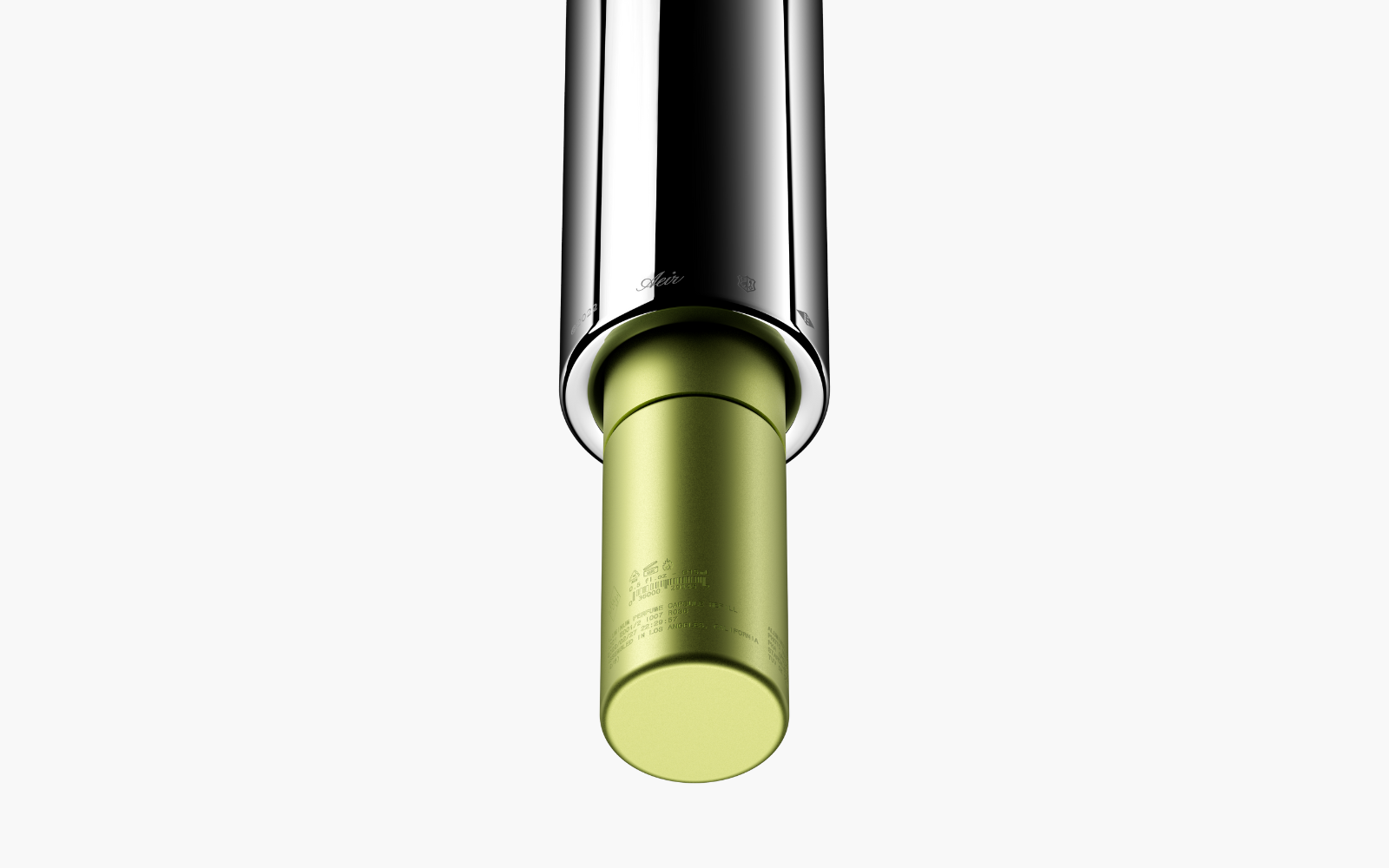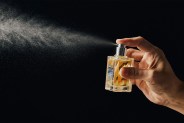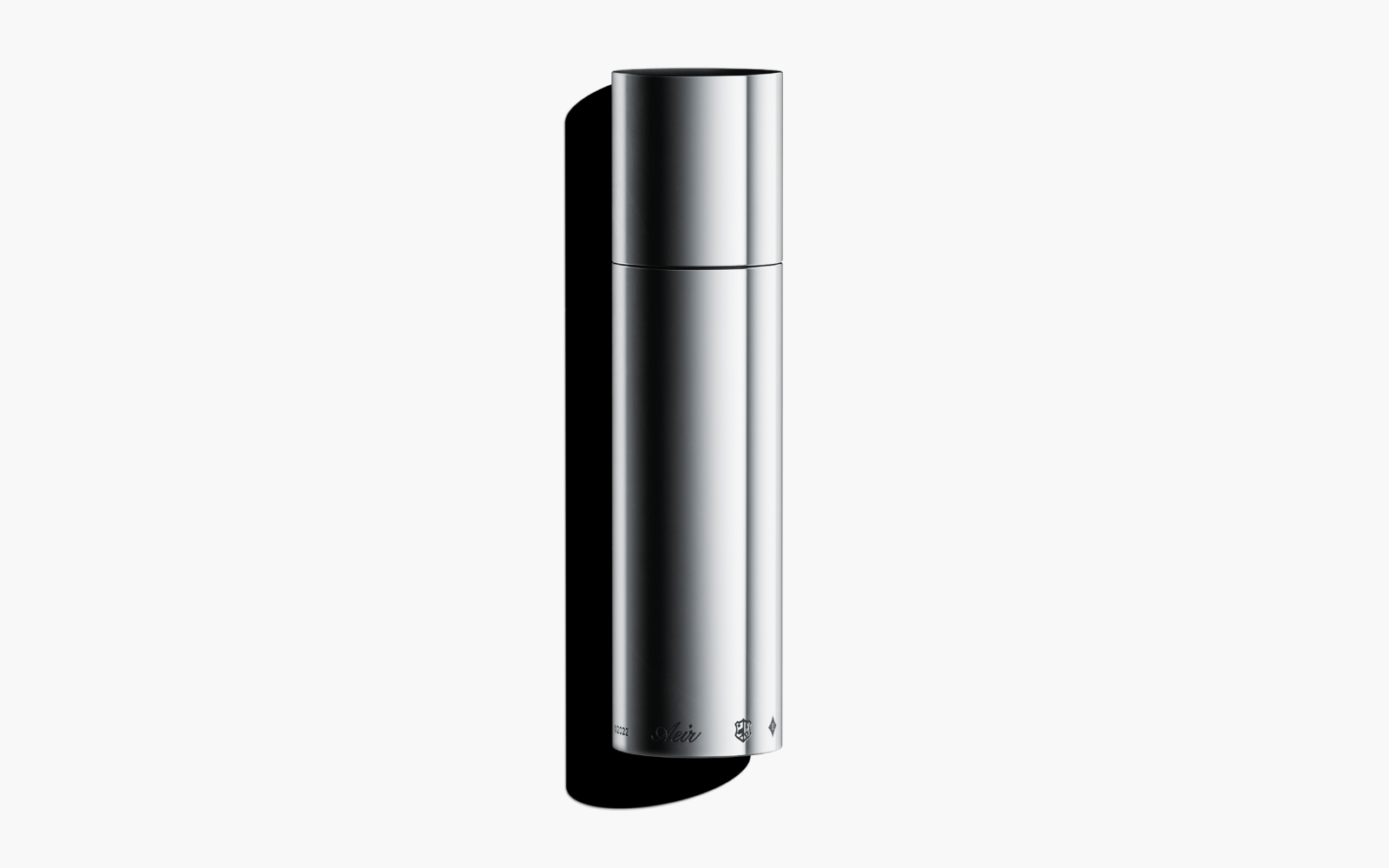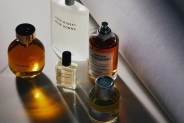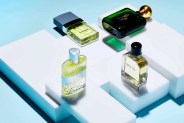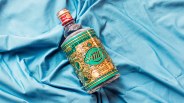In some arenas — food, especially — all-natural is the ultimate adjective. It’s proof the product meets some arbitrary threshold we equate with quality, or even that it’s good for you. One would assume it’s the same in the world of luxury colognes, where scents are often graded by how much they smell like the real thing, no matter how abstract the real thing is. “Wet stone,” for example, is a favorite for brands. It’s something…but what is it, really?
Most luxury cologne listings mention several notes, often at the top, middle and base of the formula. These notes, especially if they’re the highlights of a higher-end cologne, often are derived from natural ingredients: extracts and essential oils. As nice as they smell, there’s a problem: These high-volume extractions aren’t good for the environment.
“We don’t condone natural extraction. We believe we’re better off preserving nature, as it’s our lifeline,” Rodrigo Caula, a Yeezy and Tesla alum and co-founder and CEO of Aeir, a sleek new luxury fragrance brand that eschews natural ingredients — like extracts and essential oils — in favor of synthetic, or, as Caula calls them, molecular ingredients. “It doesn’t make sense to chop down an 80-year-old Palo Santo tree to extract its oils for simple pleasures. The scale in which the luxury industry operates makes it unsustainable, and we think our approach can help inspire a new generation to consume differently.”
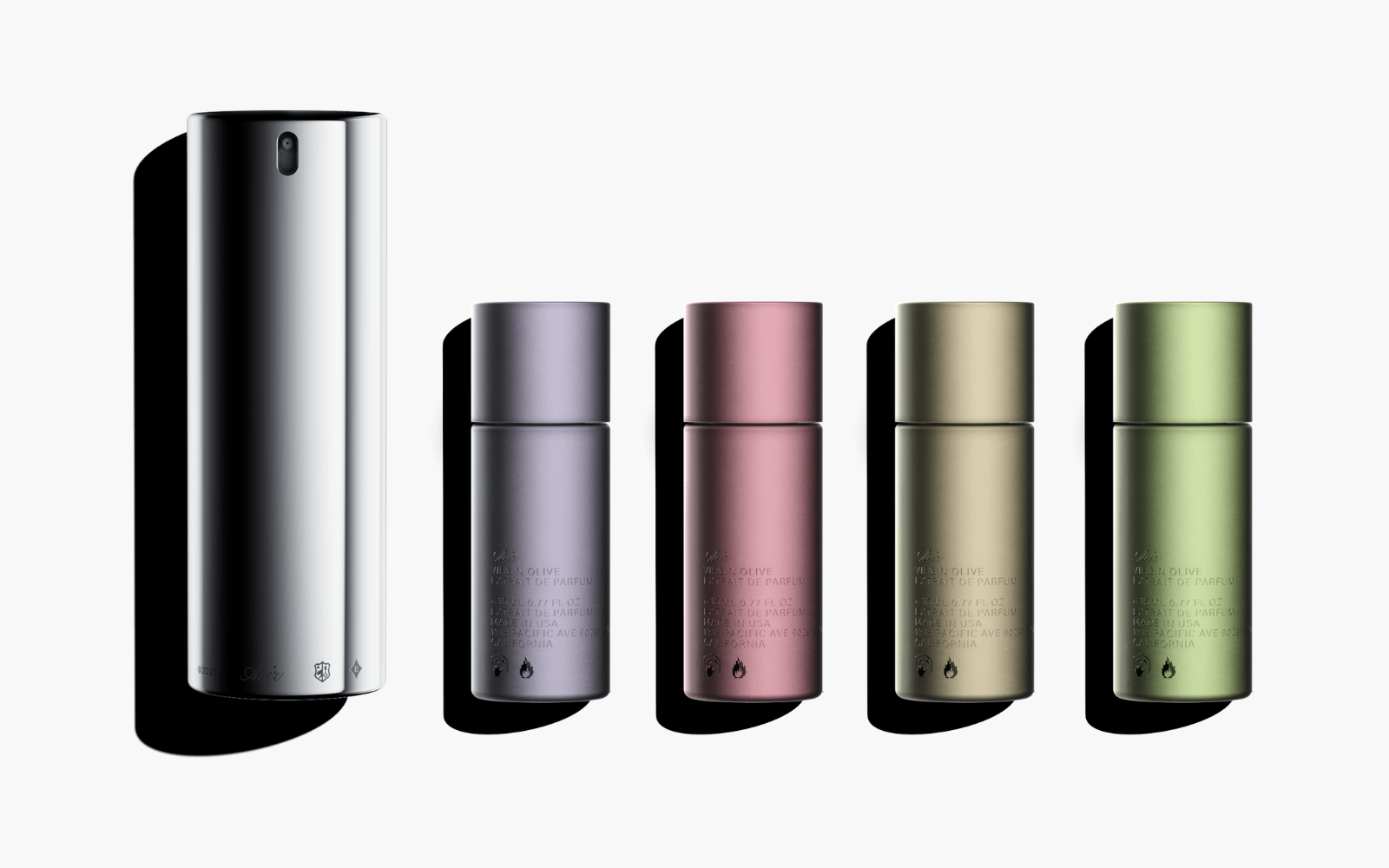
When Aeir launches this week, and in Neiman Marcus in November, the Mini Discovery Set will foreshadow four fragrances that will be available in full-size refillable (and recyclable) bottles made from aerospace-grade aluminum later this fall: Wet Stone, Grand Rose, Suede and Virgin Olive. The pack will retail for a fair $69 for all four, but it’ll jump to $180 for the 15ml bottle. It’ll cost $120 to refill it once it’s empty.
“Synthetics get a bad rap,” Caula explains. “Everything is technically synthetic — [a] combination of different elements into a whole. We’re sourcing our raw ingredients without petroleum, making them biodegradable in nature. In the future we imagine bio-fabricating every element of our formulas and packaging, from fermented bacteria for our bioplastics to carbon captured ethanol… It’s like the Impossible Burger of fragrance.”
